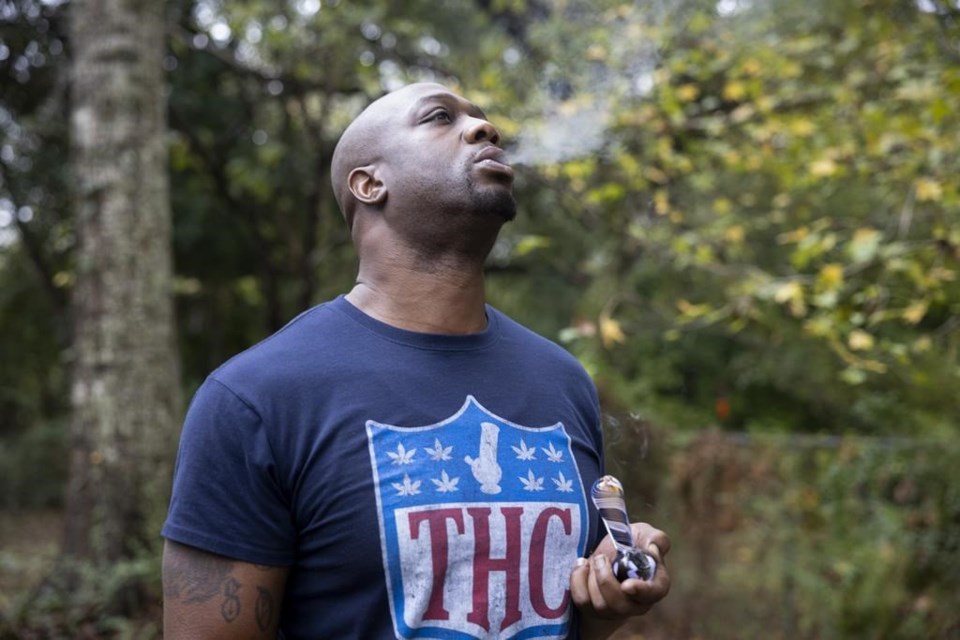Boo Williams wakes up each morning not knowing how the pain will hit. It could be debilitating headaches that make it impossible to get out of bed. Sometimes the pain shoots down his neck. Through all of it, he’s angry.
Williams, who played tight end for the Saints from 2001-05, needs surgery, medicine and doctors, but struggles to afford any of it. The 44-year-old, who lives in Picayune, Mississippi, was recently awarded $5,000 a month by the NFL’s disability benefit plan, but says the plan and the league have repeatedly mishandled his claims and should have paid him $500,000 or more over the past 14 years.
“I need all the help I can get because, some days, it feels like it’s going to be all over,” he told The Associated Press. “Sometimes I can’t sleep. It all makes it harder when you’re fighting to get what you deserve and all you do is get frustrated.”
His story is not unlike dozens of retired players in similar positions who spend their days picking through a web of lawyers, paperwork and bureaucracy in a fight against the NFL and its NFL Player Disability & Neurocognitive Benefit Plan.
Over the past 30 years, the league has added millions of dollars to the plan for retired players with injuries they suffered playing football or that emerged after their careers were over. Approved as part of the collective-bargaining agreements between the league and players union, the plan expects to pay more than $330 million in benefits in 2023, NFL spokesperson Brian McCarthy said.
But plaintiffs’ lawyers point to a high rate of claim denials and a system in which doctors assigned to examine players are paid by the NFL plan as evidence the system is rigged against retirees.
___
EDITOR’S NOTE — This story includes discussion of suicide. If you or someone you know needs help, please call the National Suicide Prevention Lifeline at 800-273-8255.
___
Earlier this year, 10 players, including retired Pro Bowl running back Willis McGahee, filed a lawsuit accusing the program of unfairly denying benefits to injured retirees.
“After years of putting their bodies on the line with the NFL’s promise of assistance should they need it, former players are met with an unfair and biased system for obtaining their rightful benefits,” said Sam Katz, an attorney representing players in the lawsuit.
Williams' journey through the claims system began in 2009 when he sought benefits under the league’s “line of duty” disability policy for active and recently retired players who suffer football-related injuries.
All signs pointed toward him receiving payments of around $2,400 a month, after an orthopedic doctor assigned by the plan evaluated Williams. Dr. George Canizares graded Williams’ “whole person impairment,” or WPI, — a gauge of the severity of his injuries measured by standards set by the American Medical Association — at 27%. Rules at the time said if a player was rated 25% or higher he could receive benefits.
But three weeks after Canizares filed his report, he sent an addendum downgrading the severity of one of Williams’ injuries, to his left shoulder, at “the suggestion” of NFL Disability Plan Director Dr. Stephen Haas.
Crossed out was the “27” in the spot labeled “Combined WPI% Impairment.” Next to it, “24” was handwritten and circled.
It would take another 14 years for Williams to get approved for benefits.
“That’s what led to a lot of my depression,” Williams said. “I couldn’t get any help. I didn’t see how a guy who wasn’t in the office could tell the doctor to change the number like that.”
Neither Canizares nor Haas responded to messages for comment left by the AP.
NFL spokesperson McCarthy said the NFL and the union’s “jointly developed and administered program led by neutral medical personnel fairly delivers benefits to deserving players and their families.”
Williams has received about $45,000 after finally getting approved this year. It has allowed him to rent a house, but he still has no car and says he can’t afford medical care for his neck injury.
NFL health insurance for retired players ends after five years, so Williams’ benefits stopped in 2012. After that, he struggled to pay for doctors’ visits and MRIs on his constantly aching neck.
When Williams finally did get approved for NFL disability payments this year it was based on what a program-appointed neuropsychologist determined were psychiatric impairments that rendered him totally and permanently disabled.
The approval was for the “Inactive B” level, which pays $5,000 a month to players who apply for benefits after they’ve been retired 15 years. It’s less than half of what he would have received if approved at “Inactive A,” for players before the 15-year mark.
Williams appealed, arguing for the increased benefit because the 2023 approval was based on identical medical information used for a December 2019 application filed before the 15-year deadline and rejected.
The program rejected that application in part because the plan-appointed orthopedic doctor who examined Williams ruled he could participate in sedentary and desk work. The denial letter focused on Williams having missed appointments with program-appointed doctors, which can result in rejected applications. It made no mention of the 2009 exam included in the application, with the crossed-out 27% whole-person impairment rating replaced by 24%.
Because program rules required him to wait a year and then the COVID-19 pandemic caused more delays, Williams couldn’t reapply until this year — after the 15-year window had expired.
But, in any case, Williams said, the league should have been well aware of his issues — and not only because of the medical records he submitted over many years.
“I’ve called their suicide hotline when I’ve had episodes. They don’t help you,” he said. “I’ve been telling them about my neck for decades. They’ve seen the fracture and the tear in my shoulder for decades. Bottom line, they don’t care.”
___
AP NFL: https://apnews.com/hub/nfl
Eddie Pells, The Associated Press



